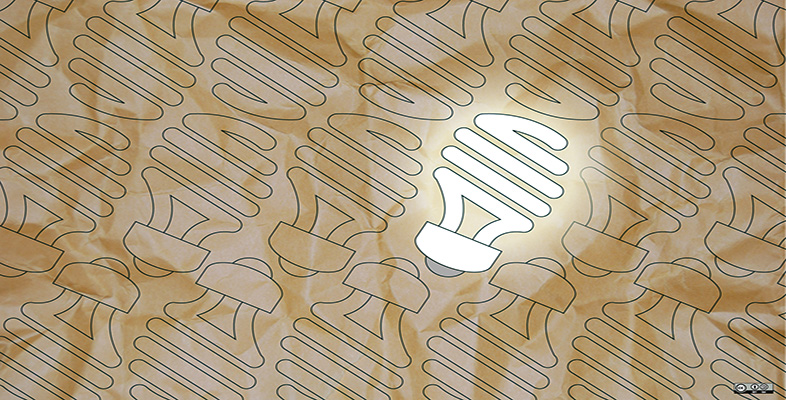3 What are representations for?
So far we have considered a range of representations, and have considered how they are used to share visions, support communication and solve problems. We have seen how designers create drawings and models to represent and explore their visions for innovation, and to identify routes for realising innovations. We will now explore more generally what representations are and what their roles are in innovation processes.
Let’s start by considering the most humble of representations, the drawing. Drawings are excellent representations. They are technologically simple, requiring only a piece of paper (or some other surface to draw on), and a pencil (or some other method to make marks). They are cheap and disposable, and can be easily modified. They can be produced very quickly in moments of inspiration, or very deliberately when precision and detail is required. They are versatile, and can be used to represent a huge variety of things, including people, contexts and material things. They have been the fundamental design tool for centuries and only recently, in the digital age, has their usefulness in design been surpassed by the usefulness of computers.

Activity 6 Different types of drawings
Consider drawings that you have seen and worked with, and the drawings in Figure 11. What are the different roles of these drawings? Can you identify different categories of drawings? Use the text box to record your thoughts.
Answer
Your answer may be different to mine, but based on classifications presented by Eugene S. Ferguson in the book ‘Engineering and the Mind’s Eye’ (Ferguson, 1992, pp. 96–7), I have identified three different categories of drawings:
- Drawings for thinking. This category includes drawings that are used to explore a design, such as the concept sketches in Figure 11a. They support design thinking.
- Drawings for communicating. This category includes drawings that are used to share a design with others, such as the interior design drawing in Figure 11b. They support creating and sharing a vision.
- Drawings for describing. This category includes drawings that specify the details of a design, such as the site plan in Figure 11c. They support design detail.
Drawings exemplify what we can expect from representations, and we can think about all representations according to the categories identified in Activity 6. So let’s look at these in a little more detail.
